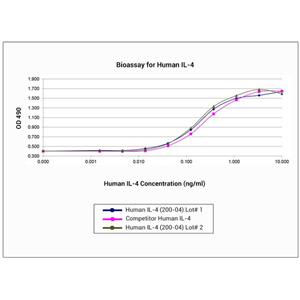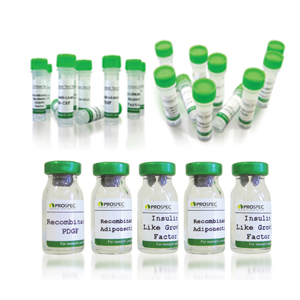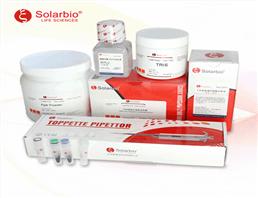网站主页
RECOMBINANT HUMAN TIE2 PROTEIN
Recombinant Human TIE2 protein
Recombinant Human TIE2 protein 新品
Recombinant Human TIE2 protein
¥1950
50ug
起订
¥2890
100ug
起订
¥3760
200ug
起订
上海 更新日期:2025-03-07
产品详情:
- 中文名称:
- Recombinant Human TIE2 protein
- 英文名称:
- Recombinant Human TIE2 protein
- 品牌:
- 沪震生物
- 产地:
- 中国/上海
- 保存条件:
- -20°C
- 纯度规格:
- > 99%
- 产品类别:
- 重组蛋白
- 货号:
- HZ502763Q
- 用途范围:
- Positive Control; Immunogen; SDS-PAGE; WB
- 规格:
- 10ug 50ug 100ug 200ug 1mg
公司简介
上海沪震实业有限公司是一家集研发、生产和销售于一体的生命科学实验室产品生物科技企业。主营产品:试剂盒,ELISA试剂盒,抗体,重组蛋白,血清,胎牛血清,细胞,原代细胞 细胞培养试剂,常用生化试剂。
| 成立日期 | (11年) |
| 注册资本 | 100万元整 |
| 员工人数 | 10-50人 |
| 年营业额 | ¥ 100万以内 |
| 经营模式 | 工厂,试剂,定制,服务 |
| 主营行业 | 生化试剂,细胞培养,蛋白组学,分子生物学,细胞生物学 |
Recombinant Human TIE2 protein相关厂家报价
-

- Peprotech Human IL-4 Recombinant Protein
- 维百奥(北京)生物科技有限公司 VIP
- 2025-03-06
- 询价
-

- Recombinant Human Bone Morphogenetic protein-2
- 武汉艾美捷科技有限公司 VIP
- 2025-02-05
- 询价
-
- Recombinant Human S100A6/Protein S100-A6
- 北京索莱宝科技有限公司 VIP
- 2025-03-06
- ¥11760.00




